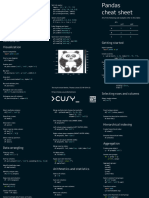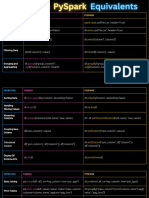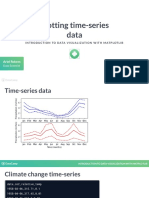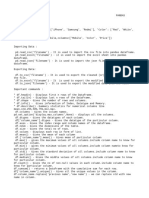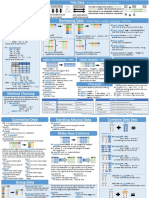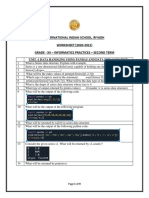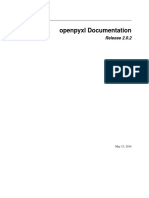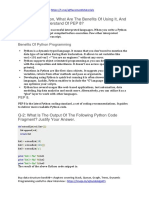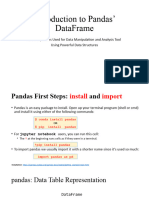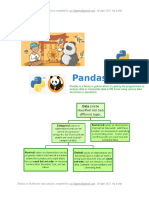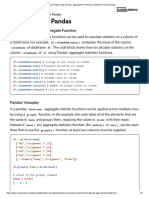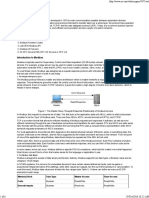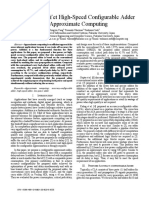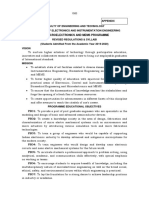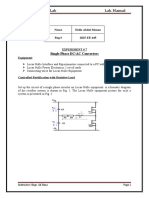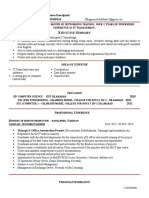0% found this document useful (0 votes)
677 views6 pages100 Pandas Exercises
This document presents a collection of 100 exercises for working with pandas, ranging from basic tasks like importing pandas and reading data files to more advanced operations like merging dataframes, filtering, grouping, and plotting. The exercises are presented as questions with annotated difficulty levels and include sample code solutions. The goal of the collection is to offer a quick reference and learning exercises for both new and experienced pandas users.
Uploaded by
Arpit GuptaCopyright
© © All Rights Reserved
We take content rights seriously. If you suspect this is your content, claim it here.
Available Formats
Download as PDF, TXT or read online on Scribd
0% found this document useful (0 votes)
677 views6 pages100 Pandas Exercises
This document presents a collection of 100 exercises for working with pandas, ranging from basic tasks like importing pandas and reading data files to more advanced operations like merging dataframes, filtering, grouping, and plotting. The exercises are presented as questions with annotated difficulty levels and include sample code solutions. The goal of the collection is to offer a quick reference and learning exercises for both new and experienced pandas users.
Uploaded by
Arpit GuptaCopyright
© © All Rights Reserved
We take content rights seriously. If you suspect this is your content, claim it here.
Available Formats
Download as PDF, TXT or read online on Scribd
/ 6




